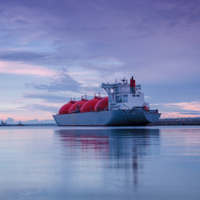
Two-Part Boutique LNG Series
July 30, 2018
|
PetroSkills News
See our two-part series focused on the small scale LNG industry.
View Article
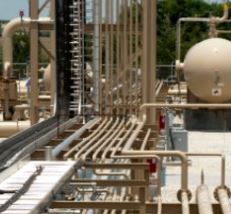
Piping Vibration Part 1: Natural Frequency of a Pipe
September 16, 2016
|
Facilities Topics
Part one of a four-part Piping Vibration series from PetroSkills instructor, Ron Frend.
View Article
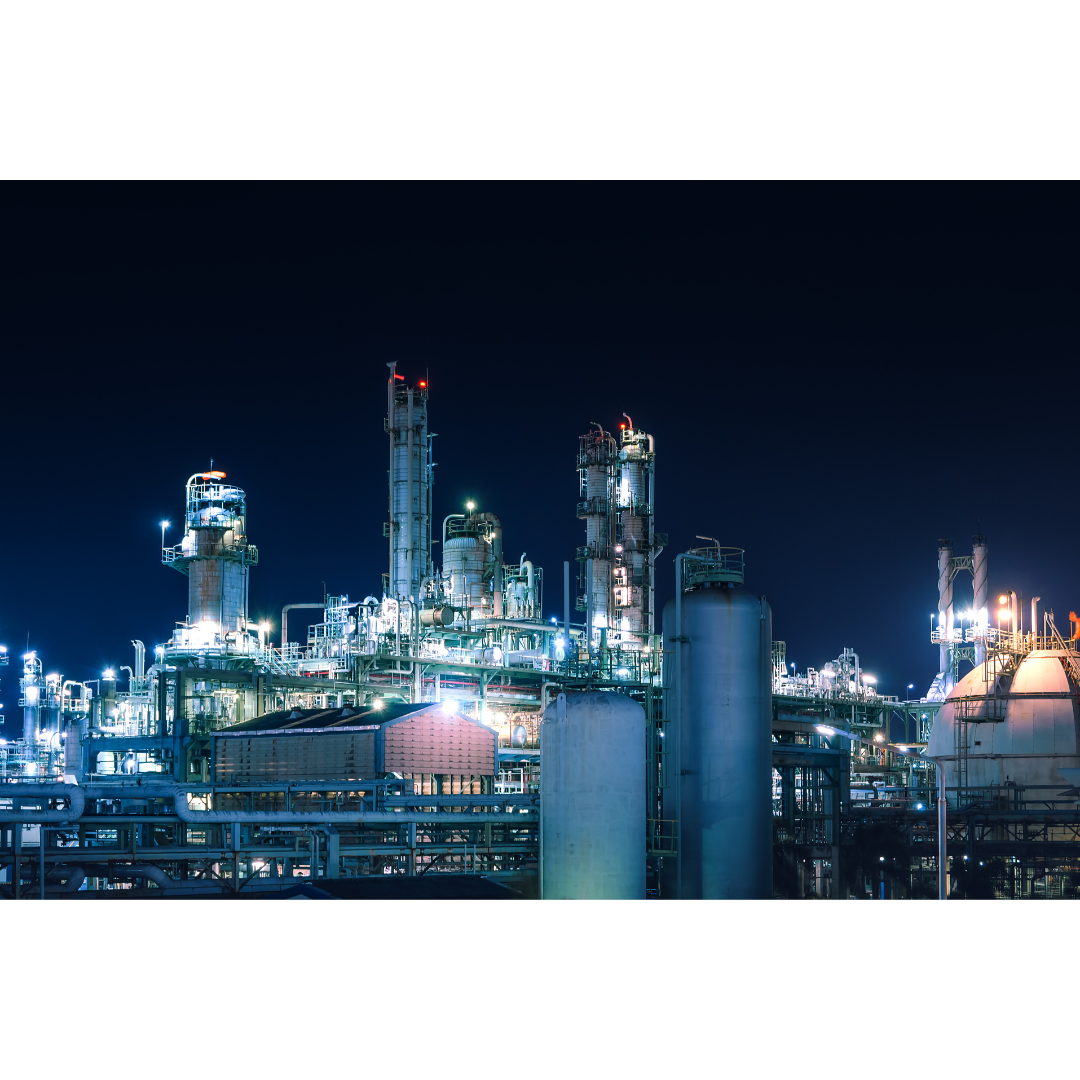
What is the impact of Nitrogen on the Natural Gas Hydrate Formation Conditions?
January 20, 2016
|
Tip of the Month
Previously, we've discussed the hydrate phase behavior of sour natural gas mixtures. Specifically, we looked at carbon dioxide inhibits the hydrate formation slightly while hydrogen sulfide enhances hydrate formation considerably. This Tip of the Month (TOTM) will extend the previous study on the natural gas hydrate formation phase behavior. Specif...
View Article
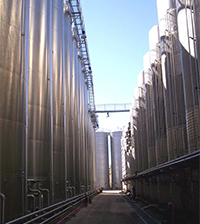
Improvements in the Steels Used in Oil and Gas Processing Equipment over the Last Half Century
December 7, 2015
|
Tip of the Month
In the post-World war II period, the steels used in the oil and gas industry were quite different from what we use today. This tip of the month (TOTM) presents a brief overview of improvements in the steels used in oil and gas processing equipment for safer and more reliable operations.
View Article

Adsorption Dehydration: Two-Tower vs. Three-Tower System
November 9, 2015
|
Tip of the Month
There are different process configurations for adsorption dehydration systems. The most common arrangements are two-tower and three-tower configurations.
In past articles, we have discussed the efficient operation of molecular sieve dehydration units. Specifically, the benefits of standby time in the adsorption dehydration processes and impact of ...
View Article
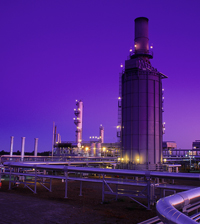
What is the Impact of Feed Gas Conditions on the Adsorption Dehydration System?
October 5, 2015
|
Tip of the Month
Adsorption dehydration units can reduce the water content of a gas stream to less than 0.1 ppmv. The gas industry normally uses adsorption dehydration units upstream of a liquefied natural gas (LNG) plant or a deep natural gas liquid (NGL) extraction plant where the gas temperature reduces to less than -160 °C (-256 °F) and -100 °C (-148 °F), respe...
View Article







